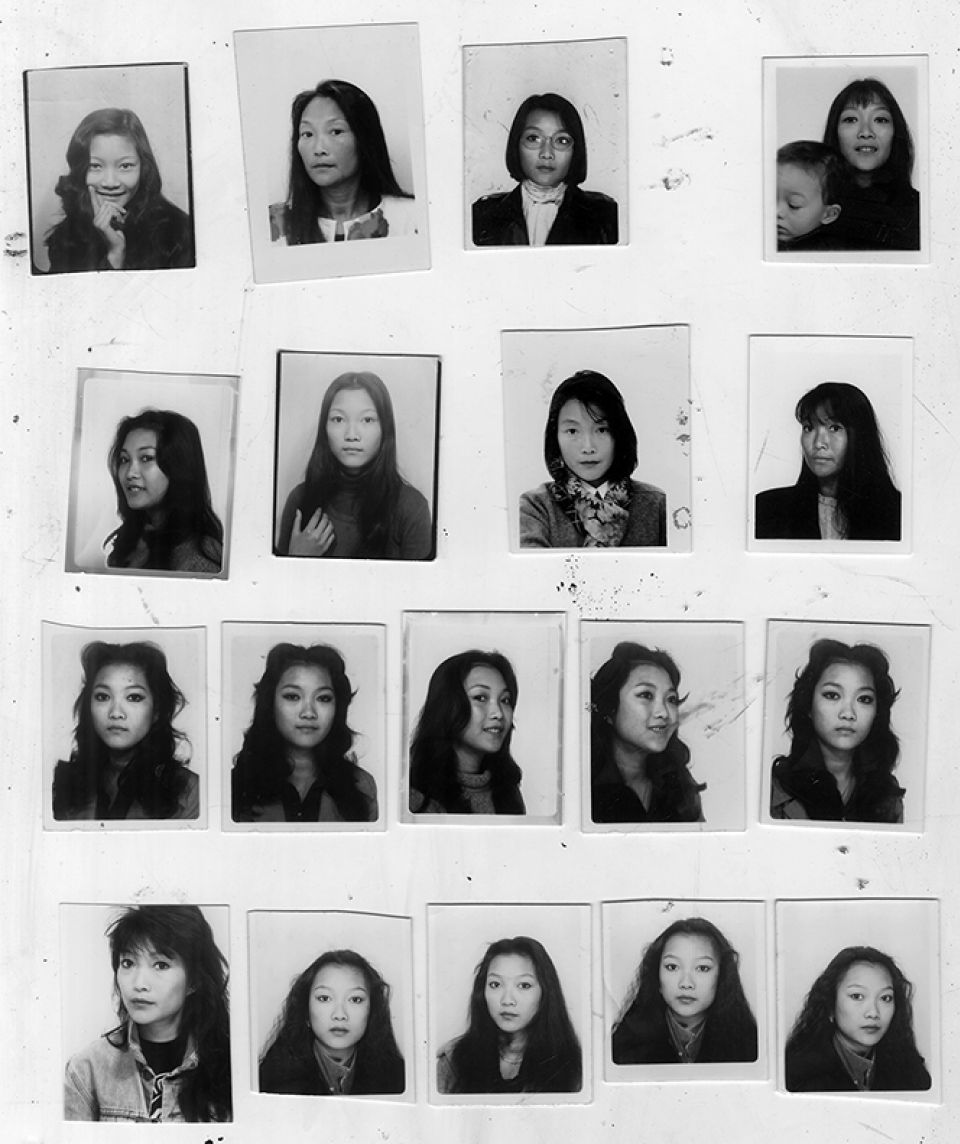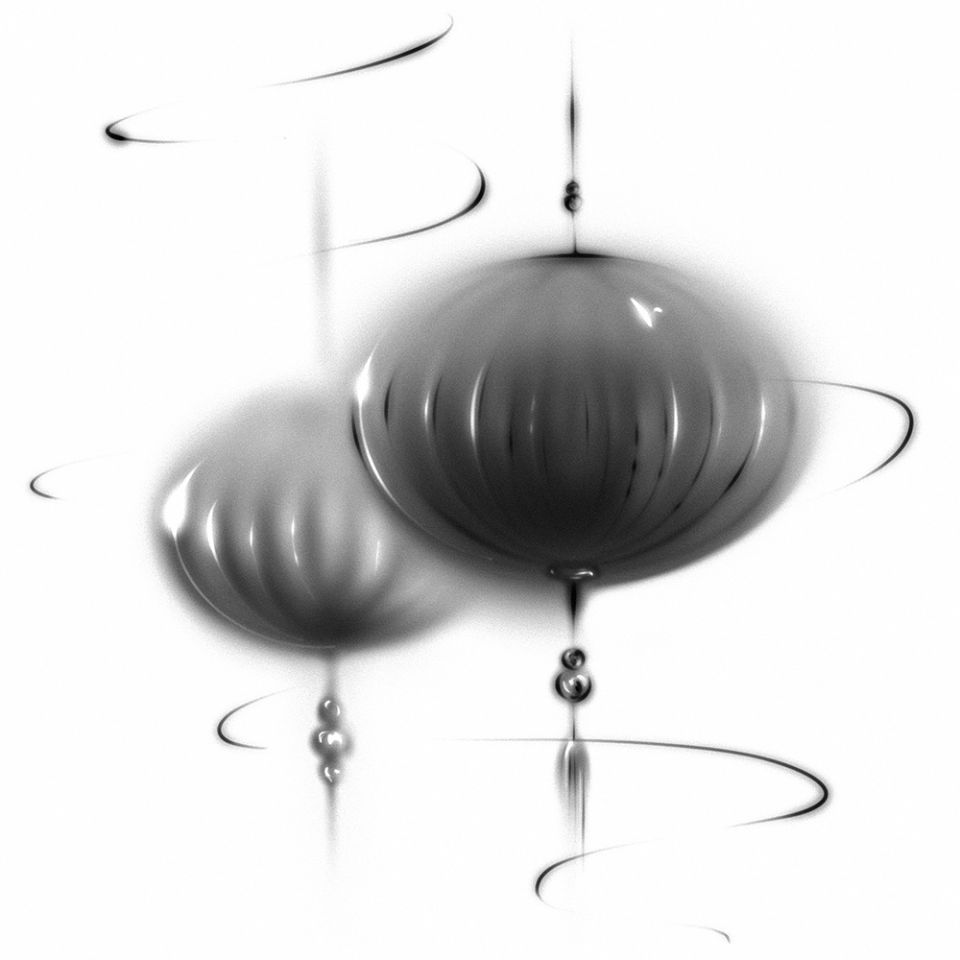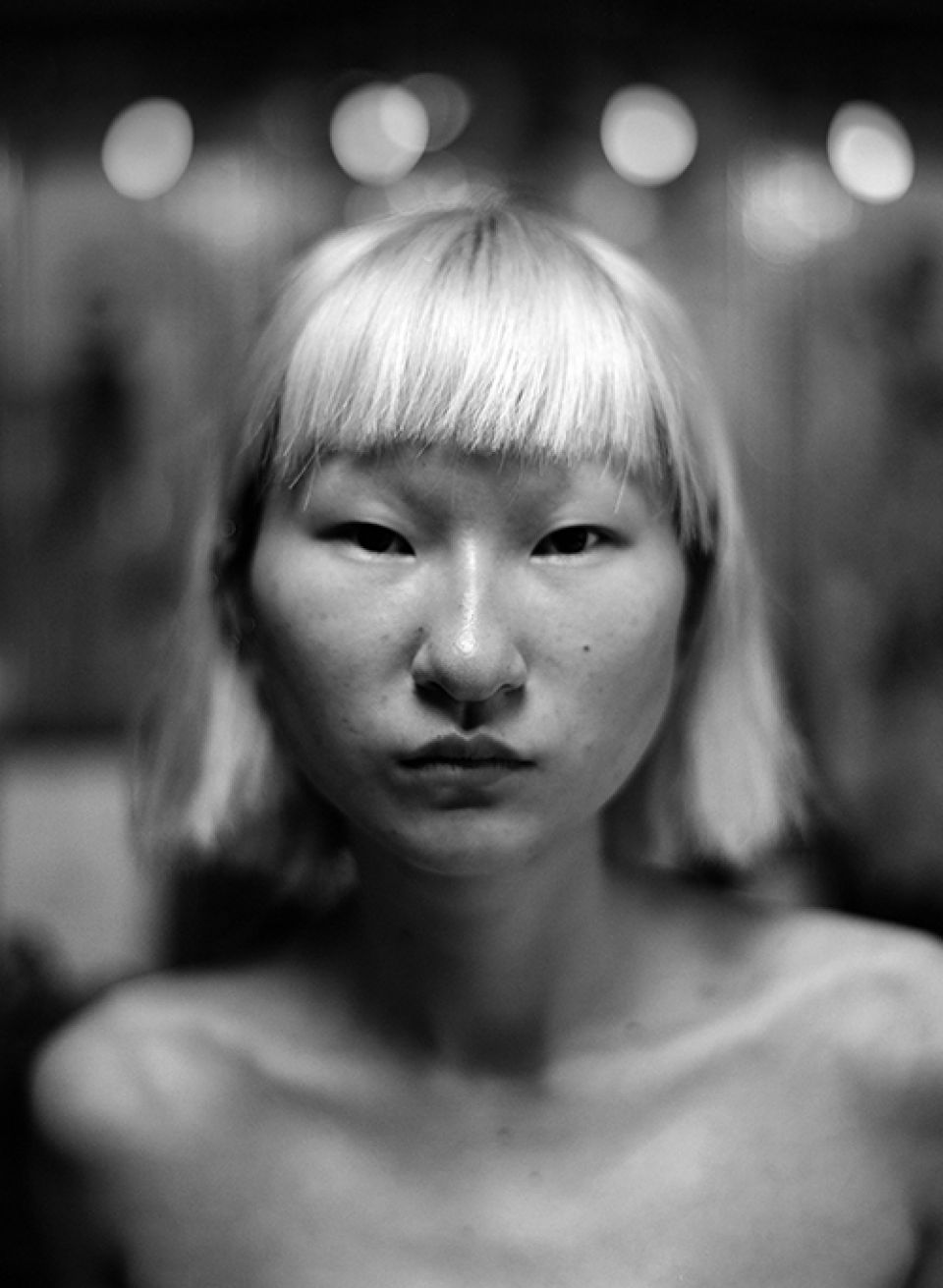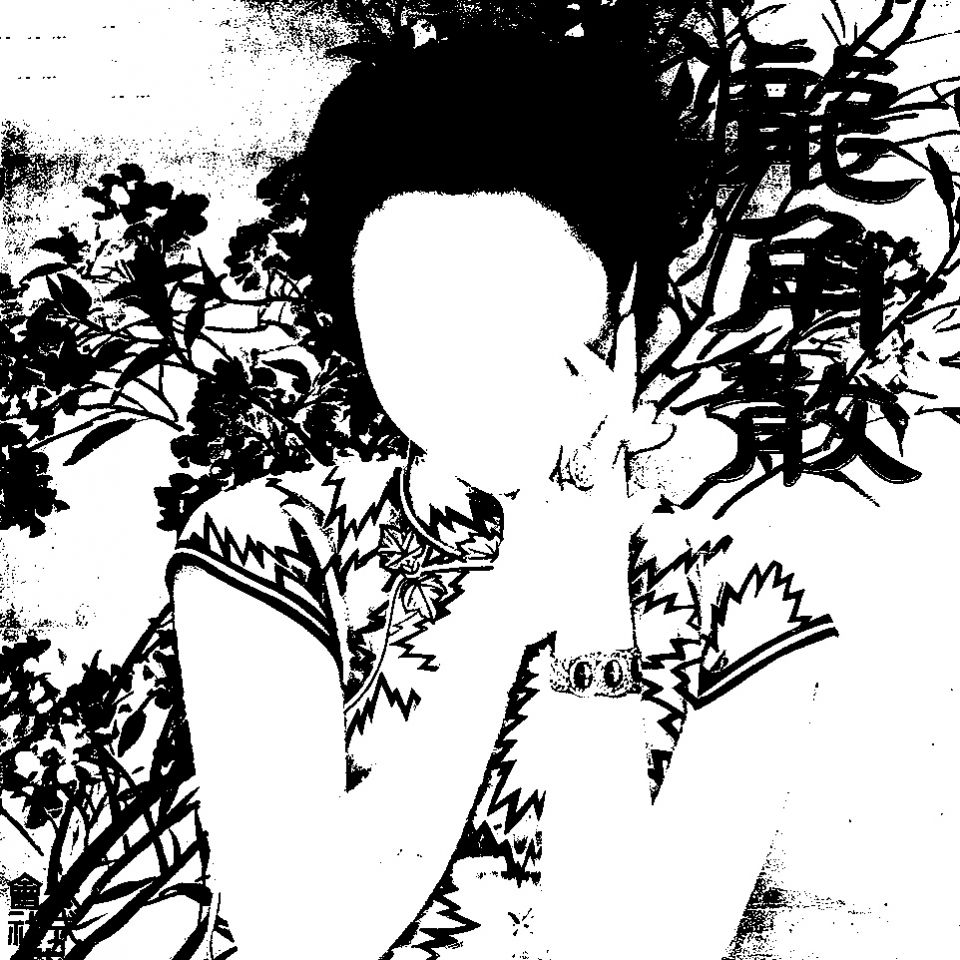MOTH

Ina Jang, A Reflection 1, 2021
1. Why create? Asked before the journey.
2. Wandering around has always been a part of my life. 15 years ago, I landed in New York for the first time. I don’t remember the scene of JFK, but based on a few photographs of rainy Times Square taken through a rear window of the car ride on that day, I recall the feeling of Manhattan's muggy summer air. The city felt like an old acquaintance.

Ina Jang, Me-A-Li 1, 2021
3. The first studio was the rooftop of my first apartment, a closet-sized room in a shared apartment on the edge of Chelsea. With the Empire State building and rusty water tanks as a backdrop, the rooftop was painted in black and rarely occupied by other residents. I enjoyed the open yet discreet space for my performative self-portraits. Most frames were awkward and often blurry, as I struggled to pose in 10 seconds after releasing the shutter. Still, it was my way of making a mark in the new city.
4. In my elementary school, a rumor spread that there was a ghost in the third stall on the top floor's restroom. Some said the ghost looked like an old lady. “She will talk to you." Others came up with hypothetical responses just in case she asked a question: “Don’t tell her your blood type,” “Don’t look at the mirror when washing hands.” Everyone avoided using the restroom for a while until the summer break started. No one remembered her anymore when we returned to the school in the fall.

Ina Jang, A Reflection 2, 2021
5. Many find Korean ghosts’ origins in folklore, often interpreted as the results of unfair deaths, their souls roam around the living world to find someone to listen to their stories.
6. One of my favorite walks was from Gramercy to Union Square, then to the quaint University Place, next to the uncrowded Lafayette Avenue, and finally, further down to Soho. At any given chance, I tried to skip as many subway stops as possible in order to run into familiar faces during the walk. The trail always felt mellow and intimate, and made me forget about my other paths in the orderly grid of Manhattan.

Ina Jang, Me-A-Li 2, 2021
7. Growing up, I was always fascinated by maps. I would draw a map of my way home from the school. Walk straight up a small hill, cross a street, make a left, then turn right on the third alleyway. You’d see a small 문방구 (Munbang-Gu, bookstore). Make another left at the bookstore, then the street has a cluster of stores. Make right at the end of the street, then another left to the four story red brick 빌라 (Billa, apartment). Where the bygone neighborhood used to be, now stands high-rise apartment complexes and 8-lane roads. But this trail remains private and still known to me in a vast city like Seoul.
8. The city is alive. Soon my impressions on the city became a fading wraith of its own brief glory. Empty lots, an uninterrupted skyline, and that one trendy tapas bar around the corner were nowhere to be seen again.

Ina Jang, Me-A-Li 3, 2021
9. After many years, I find myself in Brooklyn spending the majority of the time inside, delving into studio practices that often involve physical crafts. Unlike my first rooftop studio, here I have a small piece of sky. A corner of sunny floors became the workplace —a tiny but perfectly compartmentalized playing field. Here, my performance is now behind the lens.
10. Back in my first room in New York, I’d watch Korean TV shows and clips right before going to sleep. A sense of comfort was found on the flickering screen. In darkness, I still find myself attracted to a shining light on my palm as my family in Korea welcomes morning. The physical distance seems to be fictitious when the news in both countries share stories of similar human endeavors and struggles. In that fleeting moment, somehow, I seem to be able to exist in both places at the same time.

Ina Jang, Me-A-Li 4, 2021
11. Last year, my street emptied out quietly. The number of vacant storefronts was a reminder that this is the longest time I’ve lived in one neighborhood. In a four-story walk-up, some items in my room have not moved in a decade. Imprints of wall fixtures rattle its imperfections for me. A ghost made of thoughts is stored in a makeshift loft above the entrance. Worn out door knobs become my trail, my marks left behind
12. Why create? This question leads me home. A mirage. It exists in passing breaths that are impossible to be defined, recorded or engraved in one physical form. I find the sense of belonging in the action of creating: when I see a room full of lights, when I read the news at night, when I remember a childhood neighborhood, when I think of many unheard stories, when I feel lost in a new city, and when I am grateful. I just know that I need to create. It’s a way of being home.















